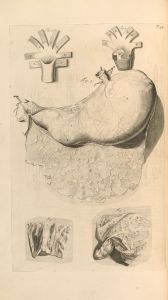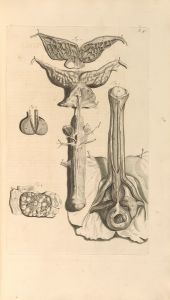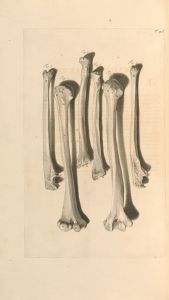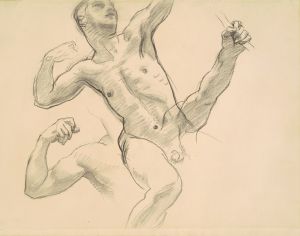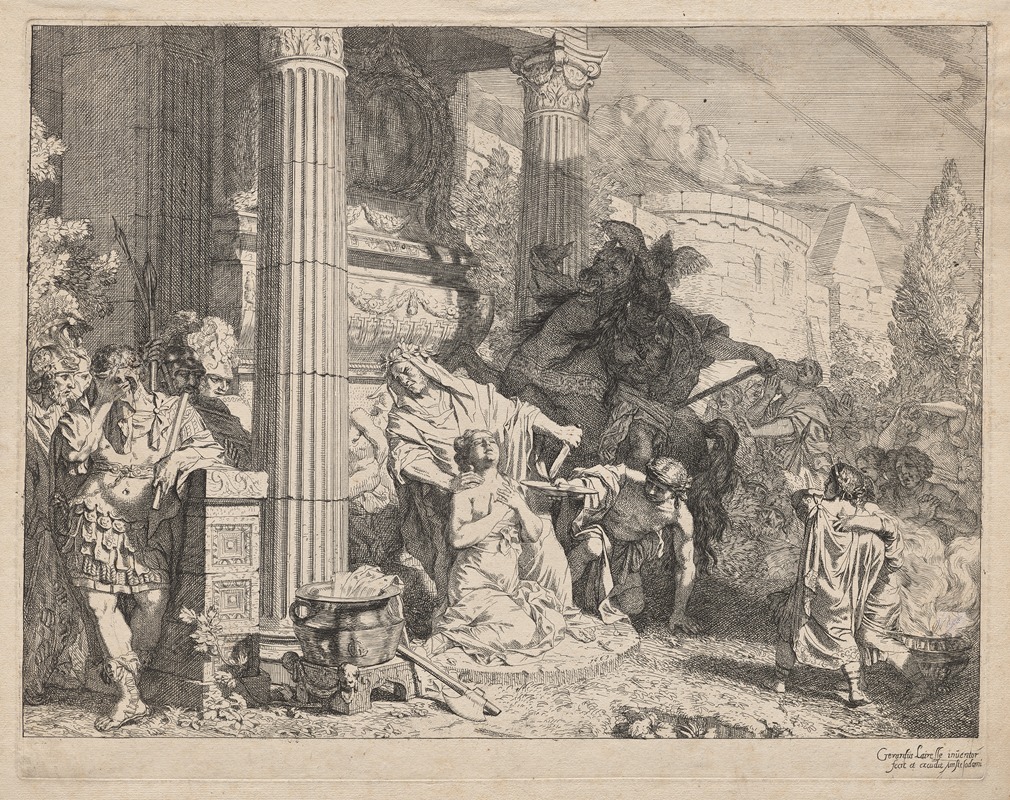
The Sacrifice of Polyxena
A hand-painted replica of Gerard de Lairesse’s masterpiece The Sacrifice of Polyxena, meticulously crafted by professional artists to capture the true essence of the original. Each piece is created with museum-quality canvas and rare mineral pigments, carefully painted by experienced artists with delicate brushstrokes and rich, layered colors to perfectly recreate the texture of the original artwork. Unlike machine-printed reproductions, this hand-painted version brings the painting to life, infused with the artist’s emotions and skill in every stroke. Whether for personal collection or home decoration, it instantly elevates the artistic atmosphere of any space.
Gerard de Lairesse's The Sacrifice of Polyxena is a painting by the Dutch Golden Age artist, created in the 17th century. De Lairesse, known for his classical and allegorical themes, was heavily influenced by the Baroque style and the works of artists such as Nicolas Poussin. This painting reflects his interest in classical mythology and dramatic storytelling.
The subject of the painting is derived from Greek mythology and depicts the tragic sacrifice of Polyxena, the daughter of King Priam of Troy. According to mythological accounts, Polyxena was sacrificed at the tomb of the Greek hero Achilles after the fall of Troy. This act was carried out to appease Achilles' spirit and ensure favorable winds for the Greek fleet's return home. The story of Polyxena's sacrifice is a poignant tale of loss and the brutal consequences of war, themes that de Lairesse captures in his work.
In The Sacrifice of Polyxena, de Lairesse employs a theatrical composition, with figures arranged in a dramatic and emotionally charged manner. The central figure of Polyxena is often portrayed with a sense of dignity and resignation, emphasizing her tragic fate. Surrounding her are other figures, including soldiers and mourners, whose expressions and gestures convey the tension and sorrow of the moment. The artist's use of light and shadow enhances the dramatic atmosphere, drawing attention to the central action and heightening the emotional impact.
De Lairesse's style in this painting reflects his classical training and his admiration for the ideals of antiquity. His attention to detail, balanced composition, and use of rich colors are characteristic of his work. The painting is also notable for its narrative clarity, as de Lairesse effectively conveys the story through the arrangement and interaction of the figures.
While the exact date of the painting's creation is not definitively known, it is consistent with de Lairesse's mature period, during which he produced many works inspired by classical themes. The painting is an example of how 17th-century artists engaged with ancient mythology to explore universal themes of human experience.
Today, The Sacrifice of Polyxena is recognized as an important work within de Lairesse's oeuvre, reflecting his skill as a painter and his intellectual engagement with classical literature and history. The painting is held in a private collection or museum, though its current location is not widely documented.











